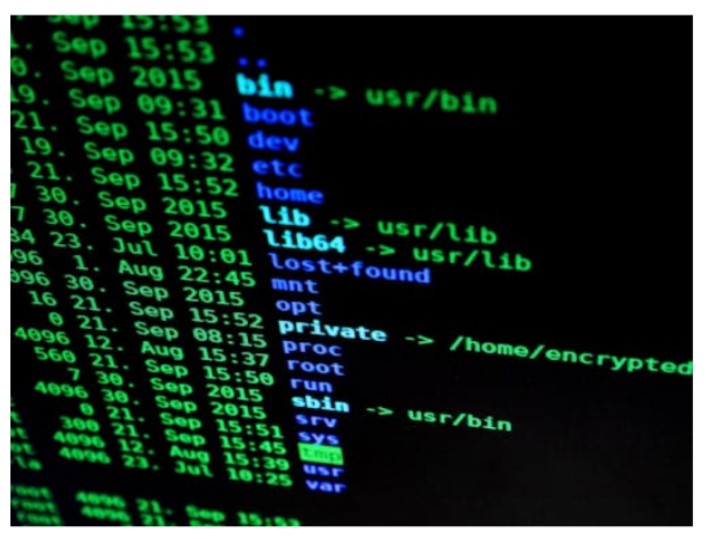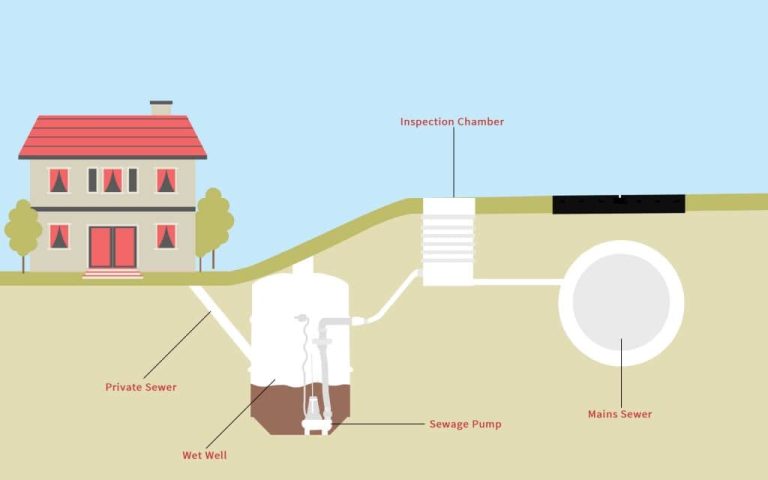Embracing Secure Connectivity: Understanding Zero Trust Network Access (ZTNA) Versus Virtual Private Networks (VPN)
Key Takeaways
- Unpack the contrasting security philosophies of ZTNA and VPN.
- Understand how the shifting cybersecurity landscape, with its diverse set of threats and increased remote work, demands innovative solutions.
- Examine the actionable steps organizations can take when transitioning to or implementing a ZTNA framework.
- Explore the future trajectory of network access technologies and consider the implications for your business security strategy.
Table of Contents
- Introduction to Modern Network Security Challenges
- ZTNA Versus VPN: A Comparative Analysis
- What Is Zero Trust Network Access (ZTNA)?
- Virtual Private Networks (VPN) Explained
- Implementing ZTNA in the Modern Workplace
- Real-world Examples of ZTNA and VPN in Action
- The Impact of ZTNA and VPN on Compliance and Regulations
- Future of Secure Network Access Technologies
- Frequently Asked Questions
- Conclusion: Making an Informed Decision for Your Security Needs
Introduction to Modern Network Security Challenges
Network security has become a top priority for organizations worldwide as digital technologies continue to advance. Cybersecurity faces various challenges, including phishing and ransomware attacks. Remote work has changed enterprise security threats, requiring more robust measures. The transition to cloud computing, network decentralization, and IoT devices has created a complex security landscape requiring innovative solutions. ZTNA and VPN offer different paths to secure connectivity, with fast access essential for remote work. Determining which solution provides optimal security while aligning with organizational flexibility and user experience is critical.
ZTNA Versus VPN: A Comparative Analysis
ZTNA versus VPN represent divergent routes to a common goal: secure network access. VPNs act like a security checkpoint at a building’s entrance, while ZTNA is like a keycard system that provides access only to specific areas based on roles and requirements. This is the cornerstone of zero-trust security, ensuring access to network resources is provided judiciously and aligned with policy-defined parameters.
ZTNA and VPNs are two viable options for companies looking to secure their data and infrastructure. Businesses should consider their operational scope, security requirements, and existing infrastructure when deciding between the two. ZTNA’s micro-segmentation and least-privilege approach can benefit companies dealing with sensitive data or strict industry regulations. However, VPNs may be more practical for smaller organizations with more straightforward needs. Regardless of the choice, companies must carefully evaluate each technology’s merits and challenges and tailor the solution to their business needs.
What Is Zero Trust Network Access (ZTNA)?
The philosophy underpinning Zero Trust Network Access (ZTNA) upends the traditional security models that presuppose trust within the network perimeter. Under ZTNA, trust is never assumed; regardless of whether it originates from within or outside the traditional corporate network, every access request is subjected to rigorous authentication and authorization. ZTNA implements strict access controls and verification protocols before any data or resources can be accessed, providing a more robust security posture.
The architecture of a ZTNA model constitutes layers of identity verification, behavior monitoring, and tight control over user permissions. This multifaceted approach is instrumental in thwarting potential intrusions by ensuring continuous validation of credentials. The result is a dynamic, adaptive security framework that monitors and adjusts permissions in real time, narrowing the window of opportunity for would-be attackers. Organizations that embrace ZTNA benefit from its agility, as the system can efficiently scale up or down according to user requirements, rendering it exceptionally responsive to the evolving needs of the business.
Virtual Private Networks (VPN) Explained
Conventional VPNs have long been the foundation upon which businesses built their remote access strategies. By establishing an encrypted tunnel between the user and the company network, VPNs provide an illusion of physical connectivity even when access occurs off-site. Data transmissions across this tunnel are shielded from unauthorized scrutiny, theoretically providing a secure corridor for sensitive information between remote users and the corporate database.
Furthermore, scalability can become problematic as the number and diversity of remote users grow, potentially straining the VPN infrastructure and complicating user management. These and other considerations frequently lead organizations to seek alternative solutions that can offer security and scalability in line with contemporary demands.
Implementing ZTNA in the Modern Workplace
Adopting a ZTNA framework is a deliberate process that begins with a comprehensive audit of network resources, followed by developing and enforcing precise access policies. It’s about knowing who needs access to what and under which conditions. Then comes the critical task of matching these policies with the correct user identities and endpoints. A successful ZTNA implementation hinges on technological compatibility and the organization’s willingness to promote a security-centric mindset.
Resistance to change is often one of the most significant barriers to ZTNA adoption. Users acclimated to the broad access provided by VPNs may initially perceive the more controlled environment of ZTNA as overly restrictive. Education and training are essential in these circumstances to demonstrate the benefits of robust security protocols and help users adapt to the new system. With clarity and support, the transition to ZTNA can lead to a strengthened security posture and potentially an enhanced user experience, marked by streamlined and secure access to essential resources.
Real-world Examples of ZTNA and VPN in Action
The theoretical merits of ZTNA and VPN take on practical significance when viewed through real-world applications. In the case of a financial services company handling sensitive client data, the robust verification mechanisms of ZTNA could be vital to maintaining security and client trust. On the other end of the spectrum, a global media firm may elect a VPN solution to carry a seamless experience for its distributed workforce, provided the security limitations are understood and managed appropriately.
The discussion surrounding Zero Trust Network Access (ZTNA) has become more relevant due to emerging trends and changing needs. An article reflects on the increasing interest in ZTNA as an alternative to Virtual Private Networks (VPNs). The article also showcases industry experts’ viewpoints on the evolving security paradigms in the information technology sector.
The Impact of ZTNA and VPN on Compliance and Regulations
ZTNA enables precise data access control, facilitating compliance with regulations. While VPNs can also support compliance, they may provide a different level of granular control than ZTNA. VPNs may still suit organizations with less complex regulatory needs or legacy infrastructure considerations.
Future of Secure Network Access Technologies
Future technologies will build upon the principles established by current ZTNA and VPN solutions. Integrating advanced analytics, AI, and machine learning into secure access systems could provide unprecedented insights into user behavior, enabling more responsive security mechanisms. Experts predict a future where certain access technologies are seamlessly integrated with evolving cloud infrastructure, leveraging the flexibility and intelligence that ZTNA promises. Adaptive, resilient security strategies are critical in a world where digital threats continually evolve. CNET’s report offers an in-depth look at the role of VPNs as cyber threats mature and emphasizes the importance of businesses remaining well-informed and adaptable in their approach to network security.
Frequently Asked Questions
ZTNA and VPN’s performance impact and compatibility are common concerns among IT professionals and business leaders. However, both tools address performance considerations, and technological advancements have mitigated many concerns. Reputable security vendors’ consultative approach is invaluable for integrating these tools into existing frameworks. A collaborative process of assessing and matching needs with the right technological solutions is essential for a successful transition.
Conclusion: Making an Informed Decision for Your Security Needs
ZTNA and VPN both have their merits and place in modern security strategies. ZTNA emphasizes specific access and plurality, while VPNs offer familiarity and an established track record. However, a holistic approach encompassing policy development, user education, and ongoing assessment is integral to secure and resilient network operation. Updating technology trends regularly and re-evaluating security frameworks can help businesses safeguard their assets and prepare for future challenges.






